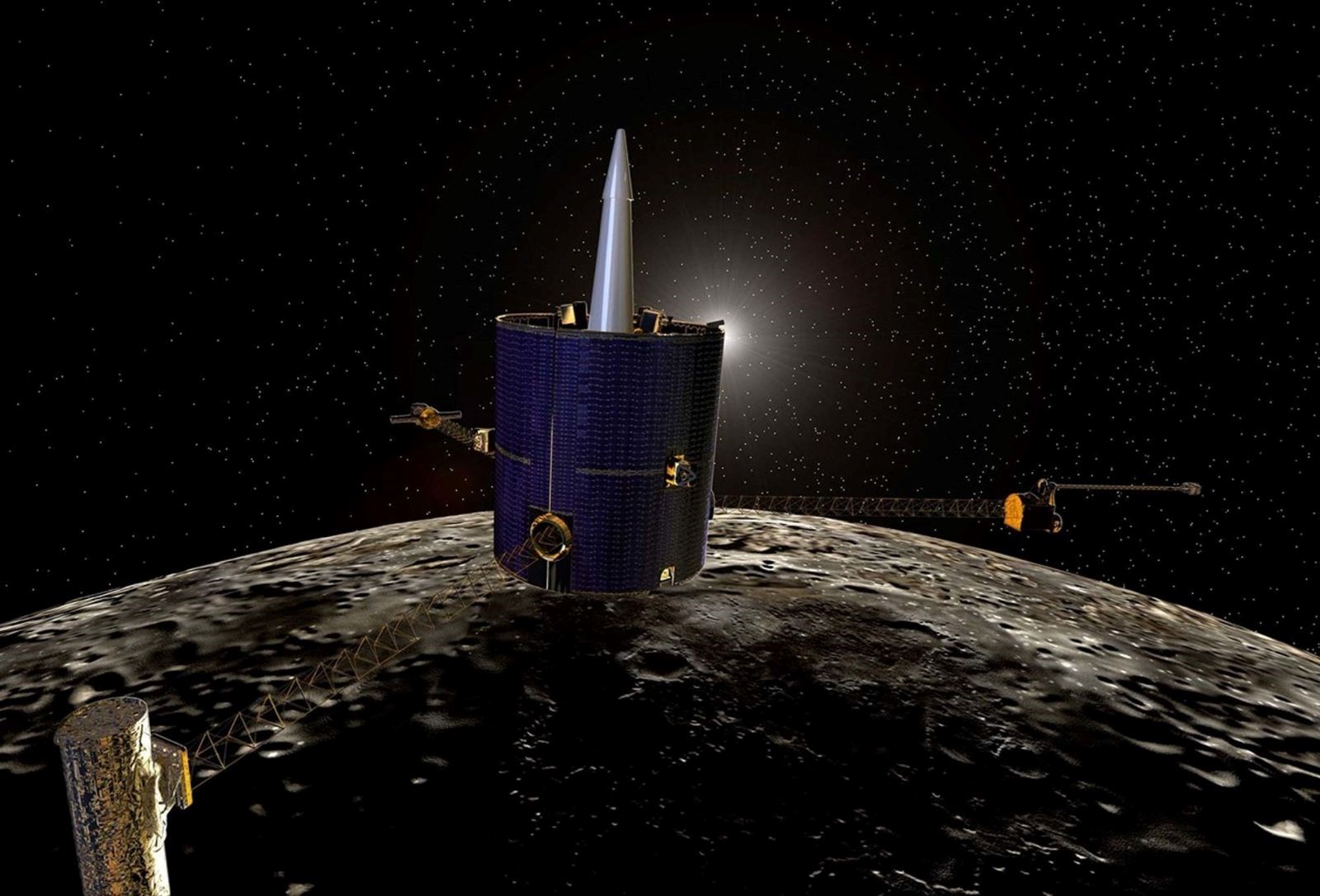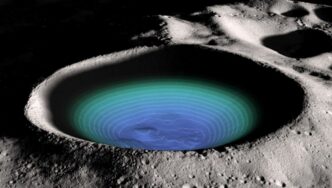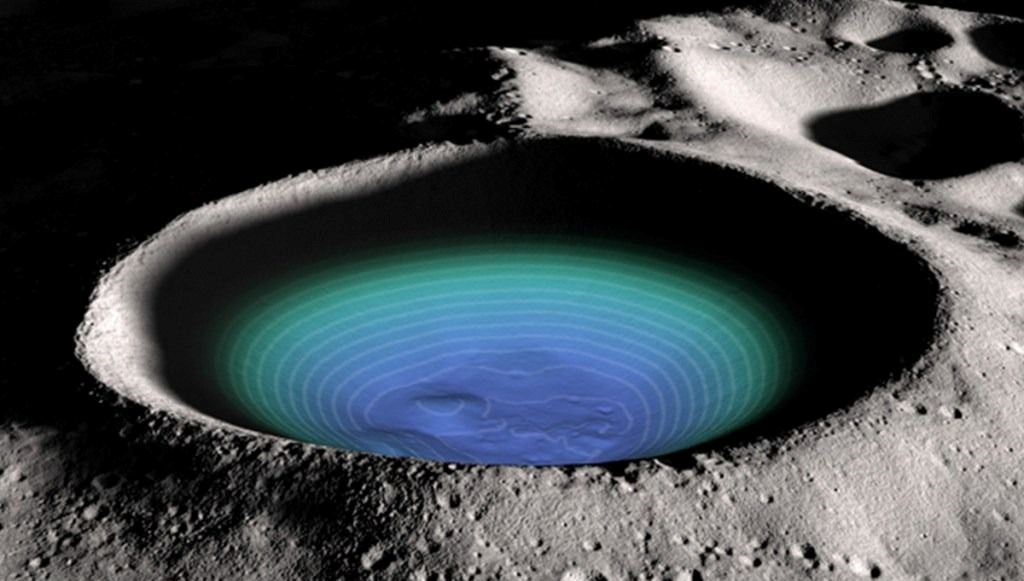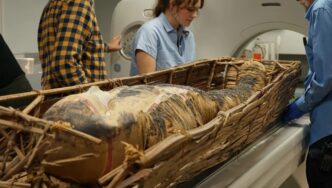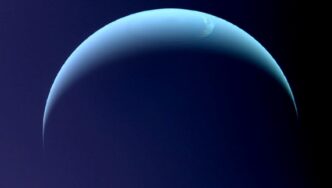NASA is preparing to examine the water resources on the Moon in detail with the Lunar Trailblazer spacecraft planned to launch in 2025. The vehicle, which will be carried by SpaceX’s Falcon 9 rocket, will map the forms and distribution of water. This information, which will be used in lunar exploration, can be used in the production of drinking water and rocket fuel in future manned missions.
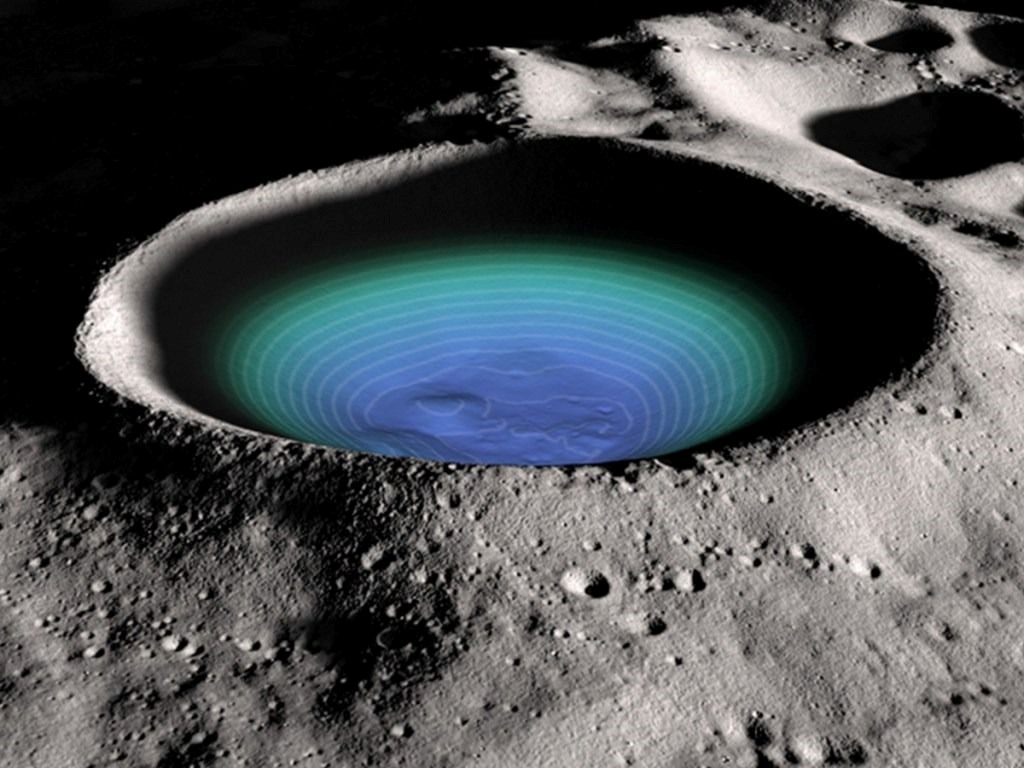
The orbiter, called Lunar Trailblazer, is planned to be launched in early 2025.
On the other hand, it was noted that the orbiter will be carried into space with SpaceX’s Falcon 9 rocket.
This rocket will also carry another spacecraft that will explore the Moon.
PASSED THE TESTS
NASA recently announced that Lunar Trailblazer has passed a series of important operational tests.
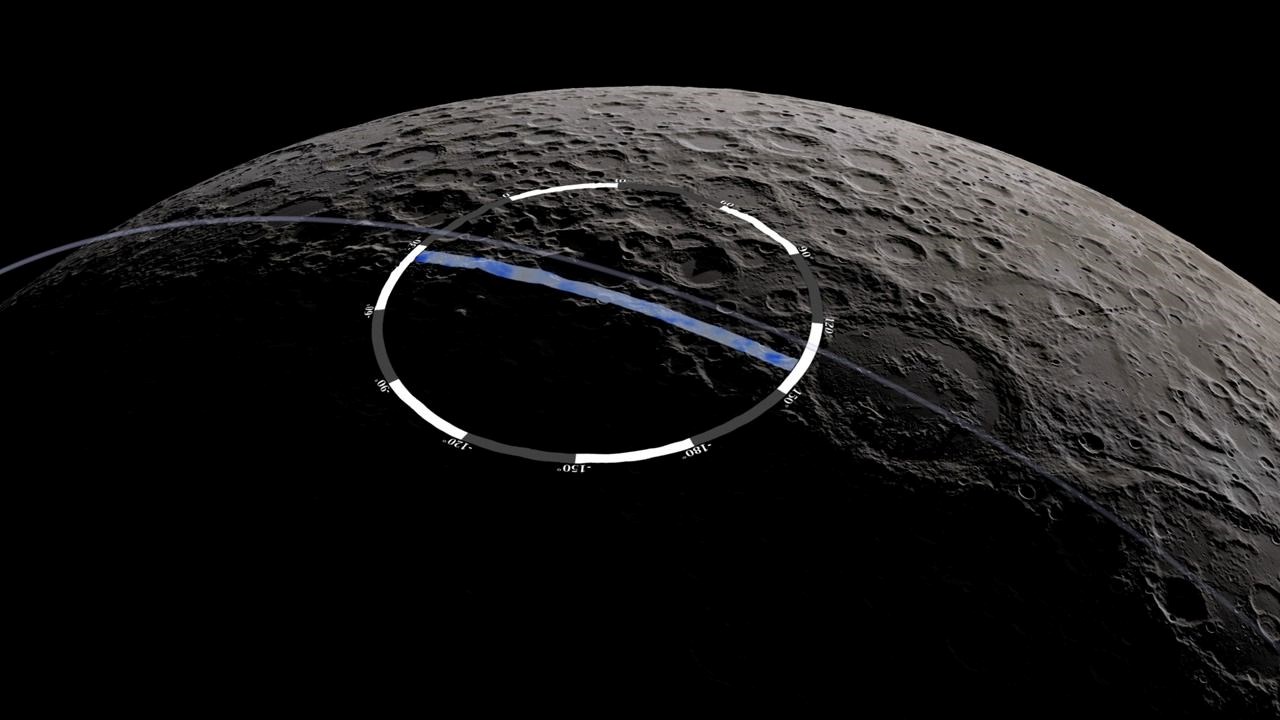
Both instruments are designed to map the regions containing water on the Moon and the forms of water.
Both vehicles will use infrared technology to produce highly detailed mapped images.
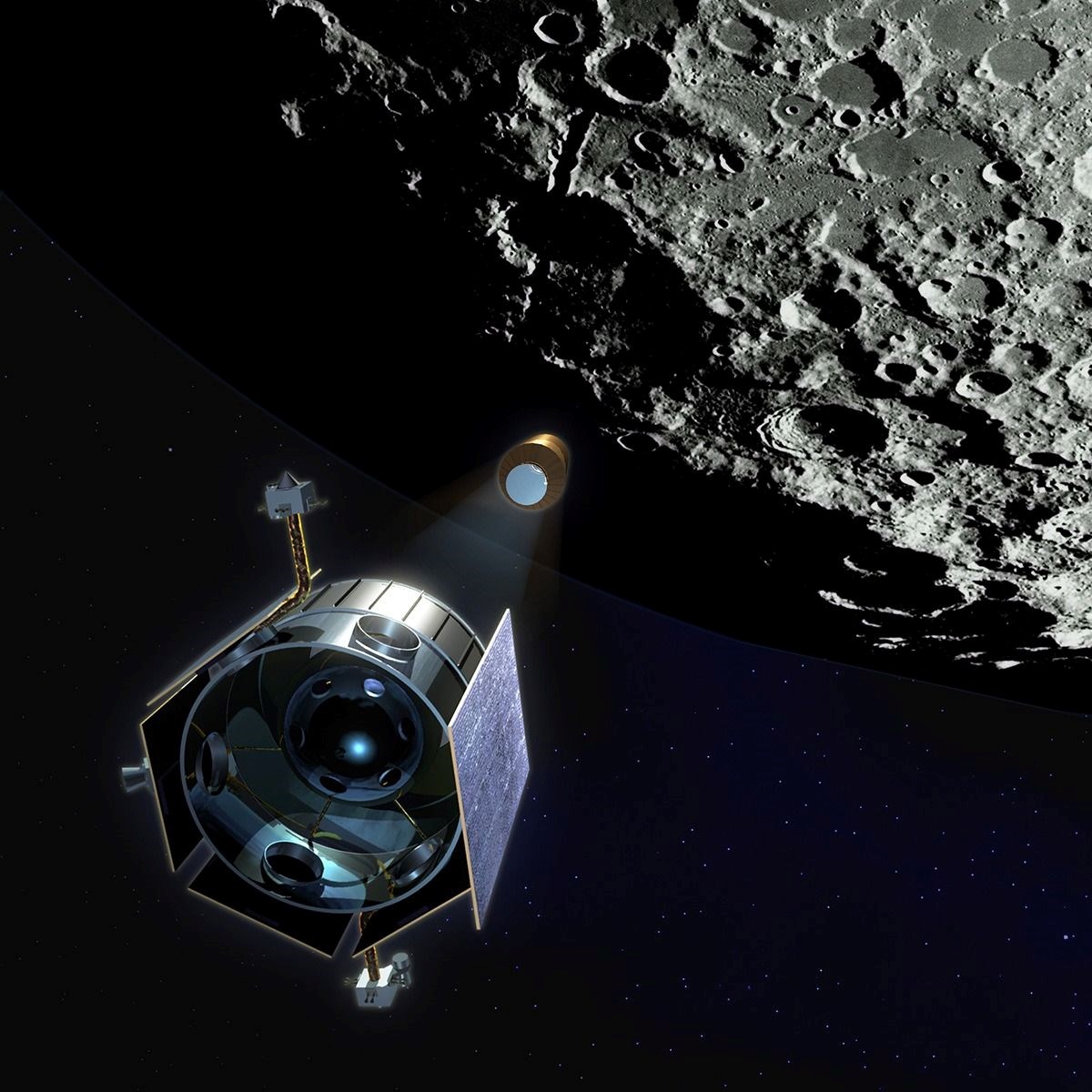
The spacecraft will orbit the Moon, approximately 100 kilometers (62 miles) from the lunar surface.
HAS WATER BEEN FOUND ON THE MOON?
Many past studies have provided strong evidence that water has been found on the Moon.
However, this evidence did not provide specific details about where the water is and what forms it could take.
Scientists believe that most of the water is solid, in the form of ice.
However, there may also be areas where water is liquid or exists as a gas in the atmosphere.
A study published last month suggested that water on the Moon is more common than previously thought.
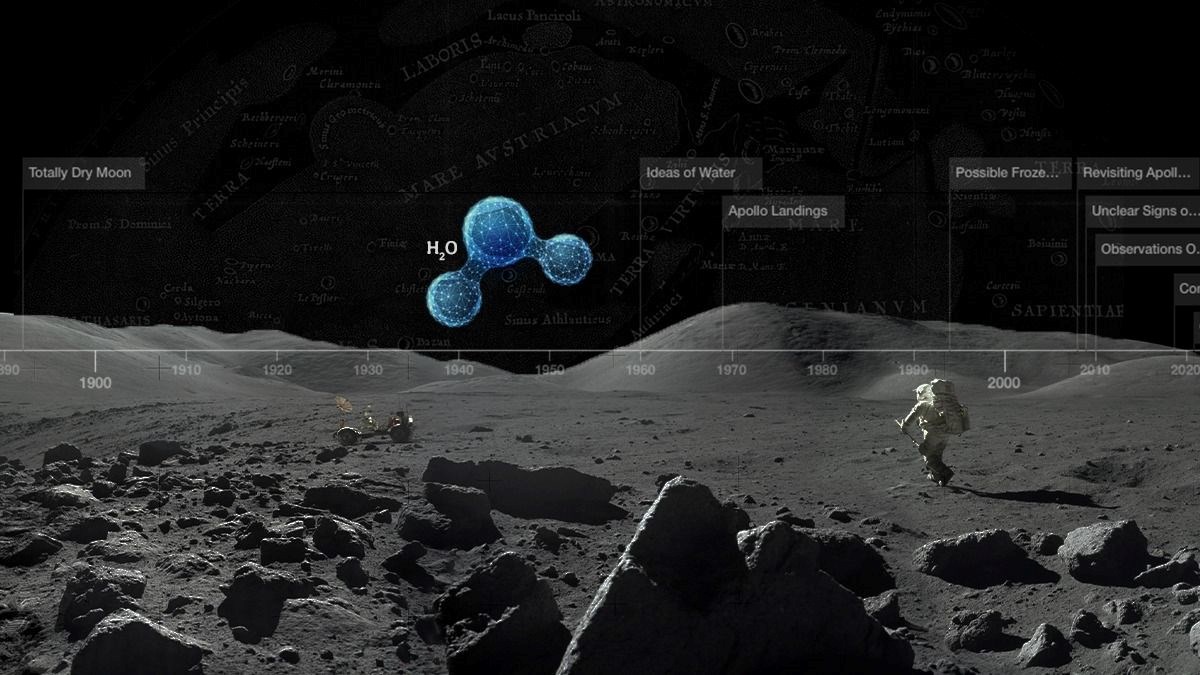
NASA said the search for water on the Moon is important because it is seen as a necessary resource for future exploration activities.
Astronauts can process the water to make drinking water, cool equipment, make breathable oxygen and even make rocket fuel.
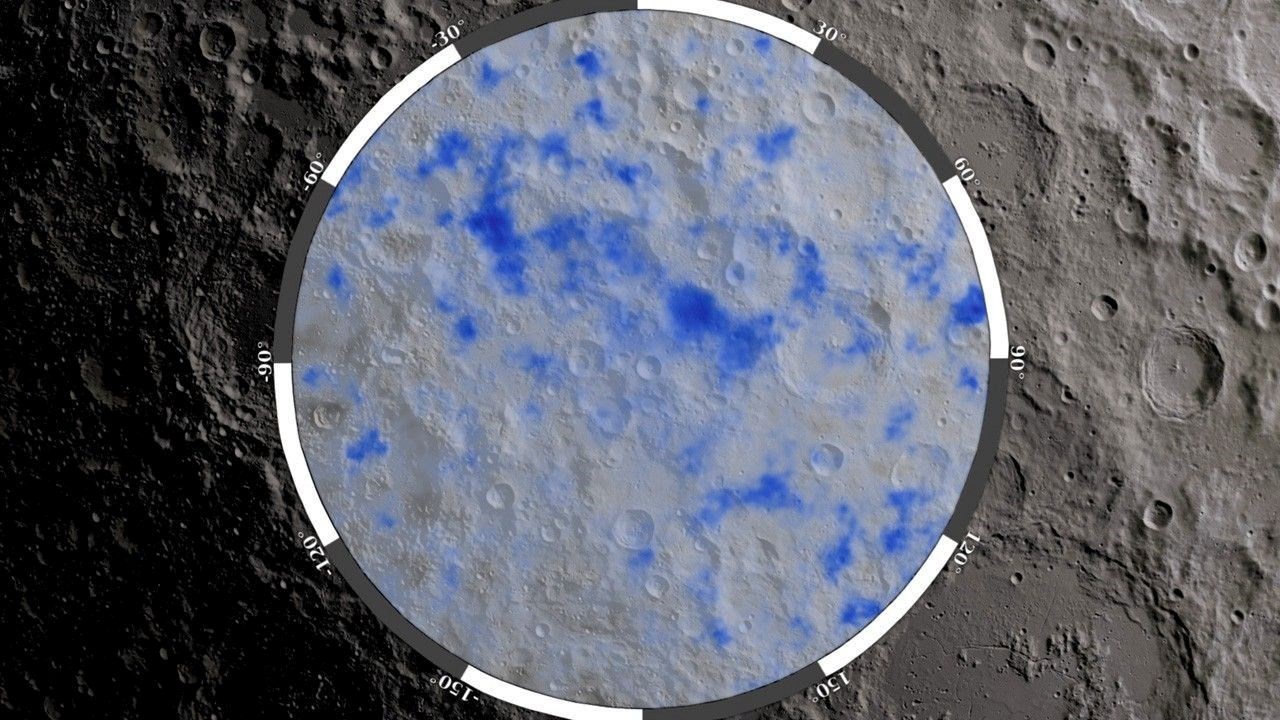
For example, the presence of ammonia in the ice could indicate it came from comets, NASA said.
On the other hand, the presence of sulfur could indicate that it rose to the surface from deep in the Moon’s interior when it was young and volcanically active.
FOCUS ON MAKING DETAILED MAPS
It was noted that the spacecraft will focus on making detailed maps of the Moon’s surface temperatures.
